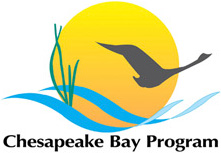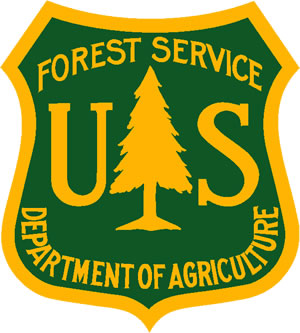Reporting and Crediting New Buffers

The Chesapeake Assessment and Scenario Tool (CAST) is the Chesapeake Bay Program watershed model that can be used by decision-makers at the federal, state and local levels to determine how best to restore and protect local waterways, and ultimately, the Chesapeake Bay.
The CAST website has extensive information about reporting, crediting and verification of Best Management Practices, including riparian forest buffers.
Link to CAST
Reporting
Each year, the Chesapeake Bay Program tracks progress toward the goals and outcomes in the Chesapeake Bay Agreement (see Chesapeake Progress). For riparian forest buffers (RFB), the reporting cycle is July 1- June 30. Riparian forest buffers reported is the best indicator of our progress. As of December 2010, all BMP information submitted to the Chesapeake Bay Program Office must be in a format compatible with the National Environmental Information Exchange Network (NEIEN) protocols that dictate the use of BMP-specific fields and units.
Water Quality Crediting
All new RFBs incrementally reduce total nitrogen, phosphorus, and suspended sediment and are important to reaching the Chesapeake Bay Total Maximum Daily Load (TMDL). An expert panel report established the water quality credit for RFBs. As with all other BMPs, the RFB credit is registered in the CAST which simulates the watershed, the river flows, and associated transport and fate of nutrients and sediment that cause water quality degradation. In addition to receiving credit for the land use conversion, riparian forest buffers also earn an additional “upland efficiency” credit for reductions in the amount of nutrients delivered from upland acres. More information about BMP crediting is available in Section 6 of the CAST model documentation.
Verification
All Best Management Practices have a credit duration in the Chesapeake Bay model. RFBs have a credit duration of 15 years. To continue to receive full credit after the credit duration expires, the practice must be verified to ensure it is still there and operating correctly. The Chesapeake Bay Program has developed a watershed-wide BMP verification framework and the forestry workgroup has developed more specific verification guidance for forestry BMPs, including forest buffers.


